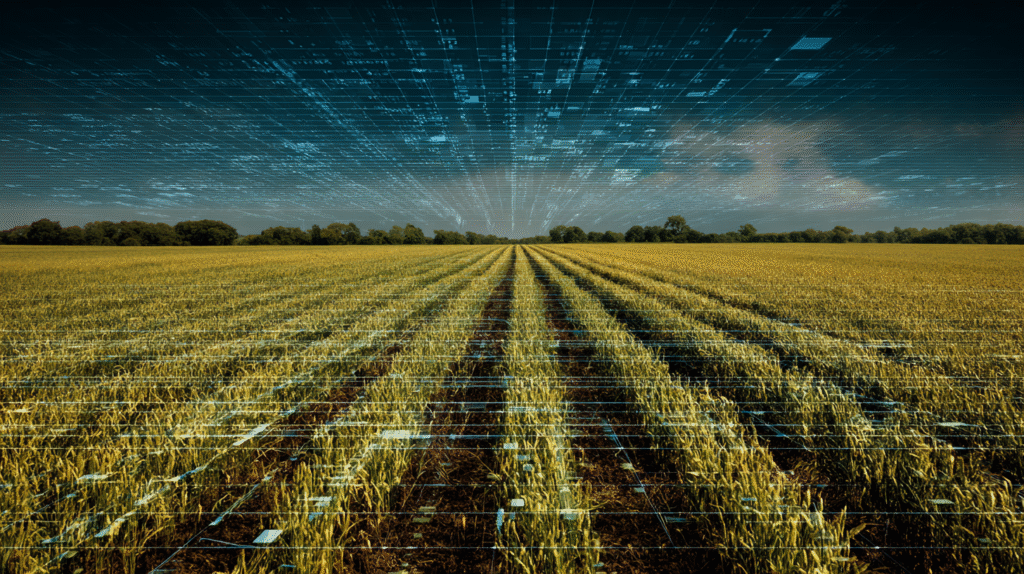Big data has quietly become one of the most powerful forces reshaping British agriculture. We are no longer talking about a future vision of farms run by algorithms and artificial intelligence. Across the UK, that future is already here, humming away in field sensors, satellite feeds, machinery telematics, herd-monitoring collars and cloud analytics dashboards.
And, while the technology itself may feel complex at times, its purpose is refreshingly down-to-earth: Helping farmers produce more, waste less and make better decisions in an increasingly uncertain world.
For generations, farmers relied on experience, instinct and observation. and those skills remain invaluable! The difference today is that digital tools are amplifying them and providing visibility that was once unimaginable. Soil moisture probes send real-time readings straight to a smartphone. Drones map nutrient variation across fields in minutes, rather than relying on guesswork or days of manual sampling. Weather-forecasting models have leapt from local forecasts to hyper-local intelligence tailored to individual fields.
It’s as if farming has put down its hand-held binoculars and shifted up to a high-resolution satellite view.
‘Critically, big data isn’t just about gathering information. It’s about making sense of it. After all, data itself is useless if we don’t understand it!’
The most meaningful innovations are emerging where multiple data streams intersect. For instance, pairing satellite imagery with yield monitor data can highlight exactly where inputs are under-performing. Combining climate models with soil health scores helps shape long-term rotations and investment decisions. Livestock data integrated with automated feeding systems can improve welfare while boosting productivity. It’s less about shiny gadgets and more about intelligent, evidence-based farming.
Of course, technology in agriculture rarely arrives without a hitch. Connectivity still frustrates rural areas, and digital training needs continue to grow. Farmers face the challenge of evaluating technologies against tight margins and weighing up long-term return on investment. And then there is the all-important question of data ownership and trust. Who controls farm data? Who benefits from it? And how do we safeguard sensitive business information in a world where digital systems are increasingly interconnected? These issues are real, and they deserve open dialogue and clear frameworks.
Yet the direction of travel is unmistakable: From DEFRA’s environmental land management metrics to precision-spraying technologies that can identify individual weeds, the future of British agriculture is rooted in data-driven insight.
Universities and research centres across the country are accelerating development, startups are entering the sector with bold innovations and established agri-businesses are embedding analytics into everyday operations. Farmers are not being replaced by data scientists, but they are becoming data-enabled land stewards and business leaders operating in a more complex, high-stakes environment.
What stands out most is the mindset shift. Digital tools are no longer viewed as a niche experiment; they are increasingly seen as fundamental to resilience and growth. In a world facing rising input costs, climate volatility and evolving consumer expectations, actionable data is giving UK farmers a competitive edge and a clearer path through uncertainty.
The transformation is far from finished, but the momentum is undeniable. The farms of the future will be powered not just by tractors and livestock, but by knowledge, insight and digital intelligence. And if the progress underway today is any indicator, British agriculture is more than ready to lead this data-driven revolution.


